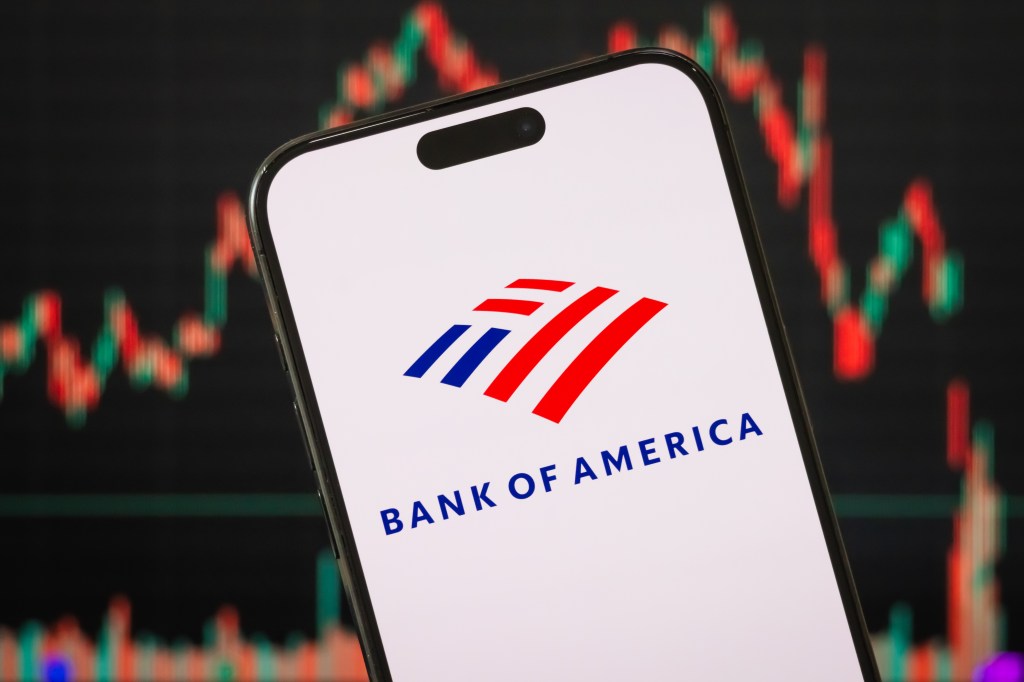When the Quakers decided at their Yearly Meeting in Philadelphia in 1758 to forbid members from investing in the slave trade, they started on a path that has led to the ESG framework taking shape today.
ESG, or ethical, social, and governance criteria, may originally have been rooted in religious conviction, with Methodist John Wesley’s 18th-Century sermon The Use of Money often cited as the earliest example of guidance on ethical investment, but it’s now a central tenet of secular faith. The term ‘ESG’ was first used in a 2005 study carried out at the behest of then-UN-Secretary-General Kofi Annan, and delivered by the International Finance Corporation. Called Who Cares Wins – Connecting Financial Markets to a Changing World, it introduced the modern concept of stakeholder capitalism.
According to Morningstar, $70 billion went into ESG mutuals and exchange traded funds in 2021, making it a record-breaking year and bringing the total value held in such funds to $2.7 trillion. Morningstar also quotes data showing that ESG funds outperformed market benchmarks in 2020 and 2021. But it’s the question of how ESG factors are being benchmarked that is presenting a challenge for regulators and investors alike.
When the Quakers and the Methodists were setting the standards, the task was relatively straightforward. Investment in slavery, alcohol, weapons – anything deemed detrimental to human life – was forbidden. Nowadays, ESG factors encompass a wide range of subjects from how a company’s activities affect the environment to how it runs its business and develops its employees. And what makes it different from the socially responsible investment (SRI) pioneered by the Quakers and Methodists is the assertion that ESG criteria have financial relevance.
The scope of the challenge becomes clear when defining the three strands of ESG:
- Environmental considerations examine a company’s impact on the planet, including how it incentivizes employees to reduce their own impact.
- Social elements include how a company treats its staff, customers, and suppliers and how it interacts with the communities and businesses it is connected to.
- Governance factors cover how a company conducts itself, its governance structures, embrace of diversity, and executive and shareholder renumeration.
Alternate ESG universes
That’s a wide range of considerations, and a lot of subjective judgment. Paul Henninger, head of KPMG Lighthouse, has written that benchmarking data is too often self-reported by people with a lack of expertise, patchy and out of date, unverified and inconsistent, compromised by interdependence, and hampered by a lack of a single source of truth.
He believes that a solution needs to be “dense, explainable, diverse, recent and forward-looking”. Similarly, a Leibniz Institute for Financial Research working paper published in 2020 highlighted the problem that “alternative definitions of ESG also affect sustainable investments leading to the identification of different investment universes and consequently to the creation of different benchmarks”.
And Simon Daniel, partner at law firm Eversheds Sutherland, says: “Perhaps two of the greatest challenges to establishing a properly functioning set of disclosure standards and resulting behaviors is a lack of rigor amongst managers and advisers, and a lack of governance bandwidth amongst asset owners.”
So is it even possible to define common benchmarks, or is the task one of ensuring the right questions are asked so that potential investors and customers can judge the answers for themselves? As Simon Abrams, Head of ESG at consultants Baringa Partners, wrote recently in Sustainable Investor, “there is increasing pressure from stakeholders to increase transparency on ESG topics and prevent greenwashing” and this is leading to “a clear direction of travel towards ‘show me, rather than tell me’.”
“From the perspective of the institutional investor, it is a necessity to have access to reporting standards that present data in a sufficiently granular and yet comparable form.”
Simon Daniel, partner, Eversheds Sutherland
The International Financial Reporting Standards board of foundation trustees has taken on the task of trying to establish a global set of benchmarks by setting up the International Sustainability Standards Board. Foundation trustees chairman Erkki Liikanen has said that the aim is to “introduce a global baseline of standards for sustainability-related disclosures which are focused on meeting the information needs of investors globally when assessing enterprise value”. The concept of enterprise value is key, and is described by Liikanen as being “designed to capture expected value creation for investors in the short, medium, and long term, and is interdependent with value creation for society and the environment”.
He foresees the initial focus being on climate, but rapidly moving to “consider other sustainability-related issues important for enterprise value”. But his conclusion that “this approach would provide global comparability for investors in a way that allows jurisdictions to combine the global standards with their own additional requirements” raises doubts about the chances of achieving the objective. If global standards are merely to be a minimum framework for individual jurisdictions to build upon, the risk is surely that the judgment calls made in what is contentious terrain won’t give potential investors a clearer picture.
Demand from asset owners
Daniel says: “From the perspective of the institutional investor, it is a necessity to have access to reporting standards that present data in a sufficiently granular and yet comparable form.” He observes that “for pension plans and providers, political policy and the resulting regulation are driving disclosure standards in respect of investment policies and stewardship activities which are, in turn, creating demand from asset owners for innovation by asset managers and investment advisers.” He thinks that what this means is “it must be inevitable that the quality and consistency of reporting – and, critically, the practical use of that reporting in investment decision-making – will improve substantially in the foreseeable future”.
In fact, he’s already identified evidence of progress. “This is most readily seen in relation to climate change in respect of which bodies such as the Institutional Investors’ Group on Climate Change (IIGCC) is doing some important work in developing practical recommendations for investors on the setting and implementation of net zero targets in particular.
“The IIGCC’s Net Zero Implementation Guide and Net Zero Stewardship Toolkit are powerful demonstrations of this (see, for example, the alignment criteria ’staircase‘ in the Toolkit). And there are specific IIGCC Net Zero Standards for the oil and gas and power and utilities sectors. These efforts, and those of others (such as Climate Action 100+), are creating a level of organization and consensus amongst some of the largest institutional investors (including some of the largest occupational pension plans) which are pushing expectations and requirements down through the investment chain.”

















